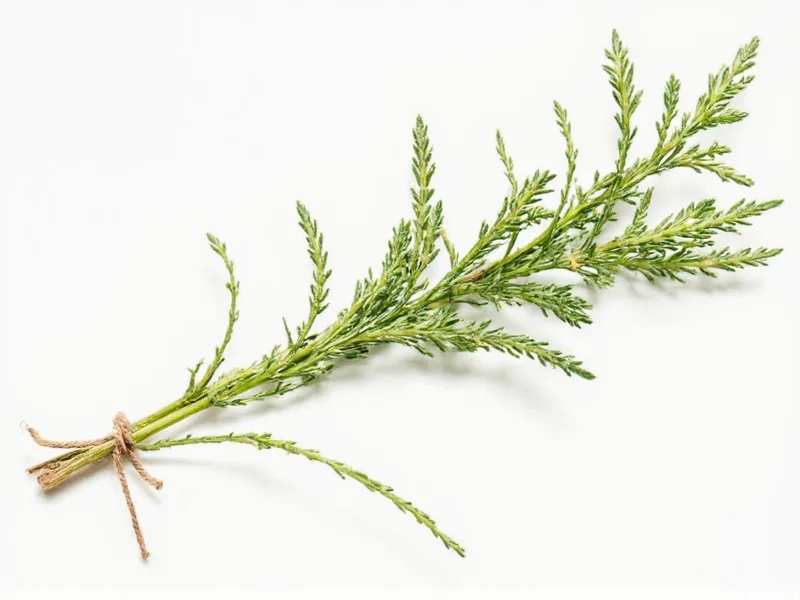Many home cooks and gardening enthusiasts stumble over the pronunciation of this common kitchen herb. The confusion is understandable - thyme contains a \"th\" combination that typically makes a /θ/ sound (as in \"think\") or /ð/ sound (as in \"this\"), yet it defies expectations by rhyming perfectly with \"time.\" This linguistic quirk stems from the word's historical evolution, not its modern spelling.
Why Thyme's Pronunciation Defies Expectations
The disconnect between spelling and sound in \"thyme\" results from centuries of linguistic evolution. Originally spelled \"thym\" in Middle English (borrowed from Old French \"thym\"), the word underwent a spelling change in the 16th century when scholars added the \"e\" to reflect its Greek origin (thymon). However, unlike many words that changed pronunciation along with spelling, thyme retained its original pronunciation while only its written form evolved.
This phenomenon, called spelling pronunciation, occurs when words gain silent letters through scholarly influence without corresponding sound changes. Similar examples include:
| Word | Common Mispronunciation | Correct Pronunciation | Reason |
|---|---|---|---|
| Thyme | \"thim\" (like \"them\") | /taɪm/ (rhymes with \"time\") | Historical spelling change without sound change |
| Dewt | \"doo-et\" | /djuːt/ (like \"dute\") | \"e\" added to reflect Latin origin |
| Arsenic | \"ar-zen-ic\" | /ˈɑːrsənɪk/ (\"ar-sen-ic\") | \"c\" added for etymological accuracy |
Common Mispronunciations and Corrections
Based on linguistic research and dictionary standards, here are the most frequent pronunciation errors for \"thyme\" and how to correct them:
- \"Thim\" (rhyming with \"dim\") - This mispronunciation treats the \"y\" as silent. Remember that the \"y\" creates the long \"i\" sound.
- \"Thyme\" with a hard \"th\" sound - Many expect the \"th\" to sound like in \"think.\" The historical spelling change didn't affect pronunciation.
- \"Thaym\" with exaggerated diphthong - While technically close, this over-enunciation isn't necessary. The standard /taɪm/ works perfectly.
Using Thyme Correctly in Conversation
When discussing this herb in culinary contexts, proper pronunciation builds credibility. Consider these examples:
\"For the roasted vegetables, I added fresh thyme /taɪm/ and rosemary about halfway through cooking.\"
\"The lemon-thyme /taɪm/ vinaigrette pairs beautifully with the grilled chicken.\"
\"When planting your herb garden, remember that thyme /taɪm/ prefers well-drained soil and full sun.\"
Other Commonly Mispronounced Culinary Herbs
Thyme isn't alone in causing pronunciation challenges. Many culinary herbs trip up even experienced cooks:
- Oregano - Often said \"or-ee-GAH-no\" but correctly pronounced /ˌɒrɪˈɡɑːnoʊ/ (or-ih-GAH-no)
- Ginger - Sometimes mispronounced \"jin-jer\" but should be /ˈdʒɪndʒər/ (jin-juh)
- Coriander - In American English: /kəˈrɪəndər/ (kuh-RID-er), not \"core-ee-an-der\"
- Chives - Frequently said \"chives\" with a hard \"ch\" but should be /tʃaɪvz/ (chīvz)
Mastering Culinary Vocabulary
Developing proper pronunciation for culinary terms demonstrates attention to detail that enhances both cooking conversations and professional kitchen communication. When uncertain about an herb's pronunciation, consult reliable dictionaries that include audio guides or linguistic references. Remember that language evolves, and even experienced chefs occasionally debate proper pronunciations - the key is understanding the historical and linguistic context behind these words.
Frequently Asked Questions
Why is thyme pronounced like time when it has 'th' in it?
Thyme's pronunciation reflects its linguistic history rather than modern spelling conventions. The word entered English from Old French \"thym\" (pronounced like \"team\") which came from Greek \"thymon.\" In the 16th century, scholars added the \"e\" to match the Greek spelling, but the pronunciation remained unchanged. This created the spelling-pronunciation mismatch we see today.
Is there any connection between thyme and time beyond pronunciation?
No direct connection exists between the herb thyme and the concept of time beyond their identical pronunciation. The words have completely different etymological origins. \"Time\" comes from Old English \"tima,\" while \"thyme\" traces to Greek \"thymon.\" The identical sound is purely coincidental in modern English.
How do British English speakers pronounce thyme compared to Americans?
Both British and American English speakers pronounce thyme identically as /taɪm/ (rhyming with \"time\"). Unlike some words that differ between dialects (like \"herb\"), thyme maintains consistent pronunciation across English-speaking regions despite occasional regional variations in other herb names.
Does the pronunciation change when referring to different thyme varieties?
No, all thyme varieties share the same pronunciation regardless of type. Whether discussing common thyme (Thymus vulgaris), lemon thyme, or creeping thyme, the pronunciation remains /taɪm/. The specific variety name may have its own pronunciation rules, but \"thyme\" itself stays consistent.
Are there any legitimate alternative pronunciations for thyme?
According to major dictionaries (Oxford, Merriam-Webster, Cambridge), /taɪm/ is the only standard pronunciation. While regional accents may slightly alter vowel quality, the fundamental rhyme with \"time\" remains consistent. Pronunciations like \"thim\" or \"thahm\" are considered non-standard and potentially confusing in professional culinary contexts.











 浙公网安备
33010002000092号
浙公网安备
33010002000092号 浙B2-20120091-4
浙B2-20120091-4